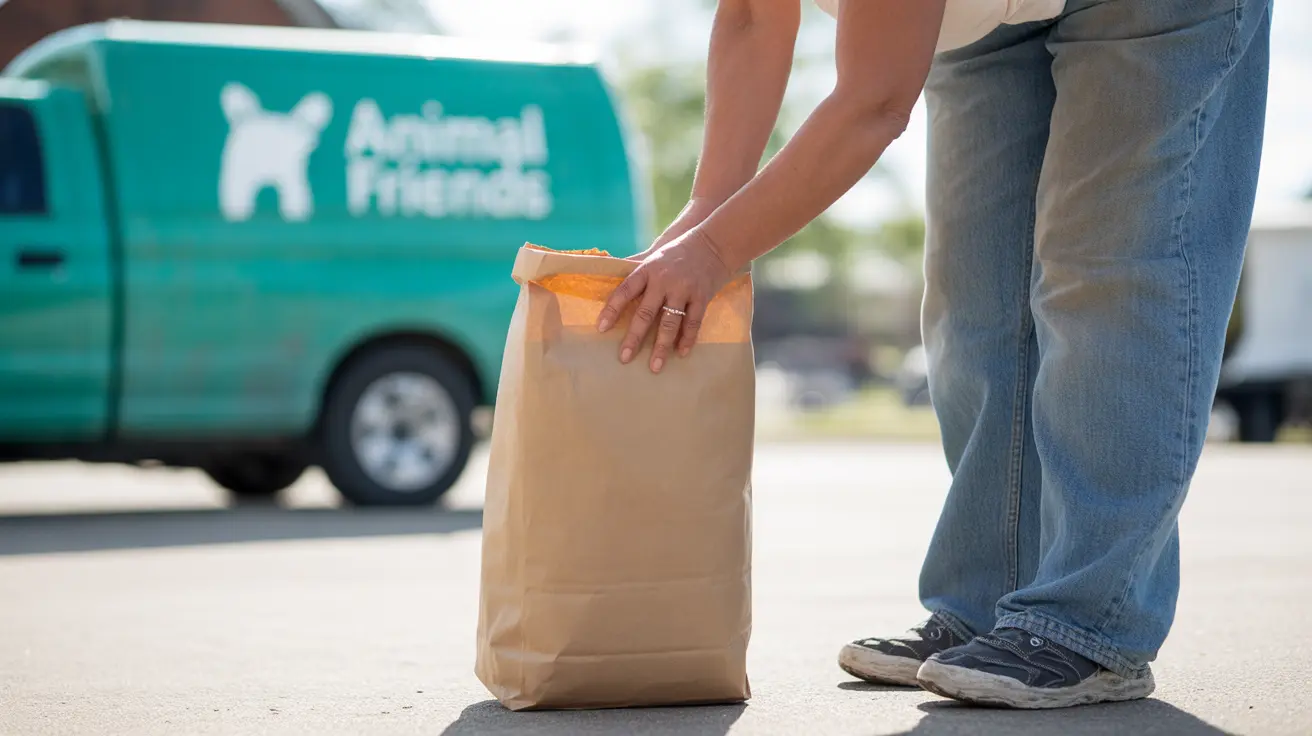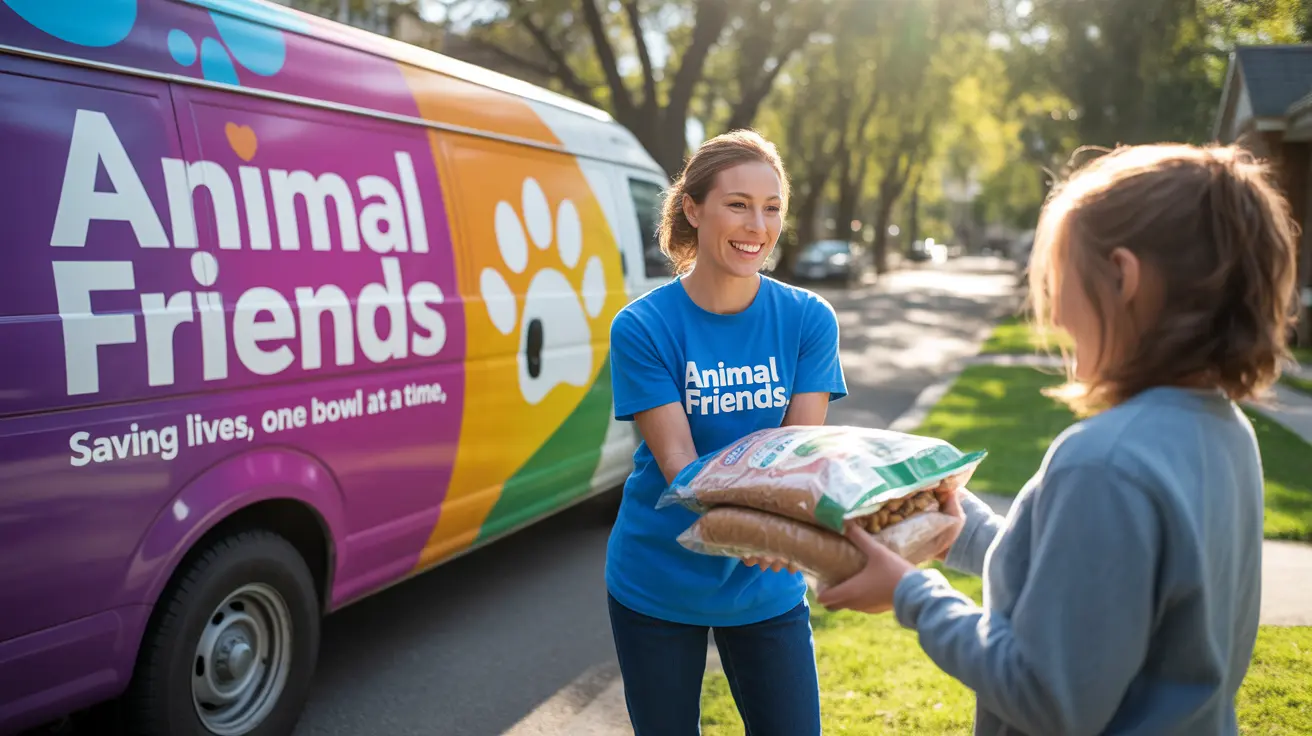How to Tell a Child Their Dog Has Died: A Guide for Parents
One of the most challenging moments for a parent can be telling their child that a beloved dog has died. For many children, this is their first real experience with loss. It’s important to approach this painful topic with honesty, compassion, and an understanding of the child's developmental stage. This article explores strategies parents can use to help children process the death of a pet in a healthy way.
Understand the Child's Developmental Stage
Children understand death differently depending on their age:
- 3 to 5 years old: May see death as temporary or reversible. You may need to repeat that their pet won’t come back.
- 6 to 8 years old: Begin to grasp the permanence of death but may still struggle emotionally.
- 9 years and older: Typically understand death as permanent and inevitable.
Guidelines for Talking to Your Child
- Be Honest: Use clear terms like “died” instead of euphemisms such as “went to sleep” or “went away.” Vague language can confuse and scare children.
- Choose the Right Moment: Pick a time when your child can process the news calmly–not before school or bedtime.
- Use a Gentle Tone and Body Language: Sit close to them, hold their hand, and provide comfort.
- Explain What Happened: Use simple language and provide context appropriate to their age. For example, "Our dog was very sick and the vet couldn’t help any more. So he died, and that means he isn’t coming back."
- Answer Their Questions: Expect questions like "Is it my fault?" or "Where did he go?" It's okay to say "I don’t know" or talk about your family’s beliefs.
Help Them Grieve
Children express grief in different ways. Some cry, others withdraw or act out. Let them know all these reactions are normal.
Supportive actions parents can take:- Model emotions: Show it’s okay to be sad, cry, and miss the pet.
- Encourage sharing: Invite your child to talk about memories and feelings.
- Create goodbye rituals: Have a ceremony, create a drawing, or make a memory box.
Things to Avoid
- Don’t lie: Saying the dog ran away or is “on a farm” may create distrust when the truth emerges.
- Avoid rushing a replacement: Getting a new pet right away may confuse the child or minimize their grief. Wait until they show readiness.
- Don’t avoid the topic: Ignoring grief teaches children to suppress emotions. Instead, make room for discussions and check in with their feelings.
Using Books and Stories
Books can help children make sense of their emotions. Recommended titles include:
- The Dead Bird by Margaret Wise Brown
- Badger’s Parting Gift by Susan Varley
- The Tenth Good Thing About Barney by Judith Viorst
Provide Ongoing Support
If children experience prolonged sadness, nightmares, or behavior changes, professional counseling may help. Children are usually resilient but need visible support, especially when processing a profound loss.
Final Thoughts
Parents can make the painful experience of losing a dog a moment to teach children about love, loss, and emotional resilience. By being honest, listening, and offering reassurance, you’ll help your child mourn in a healthy, meaningful way and honor the bond they had with their furry friend.





